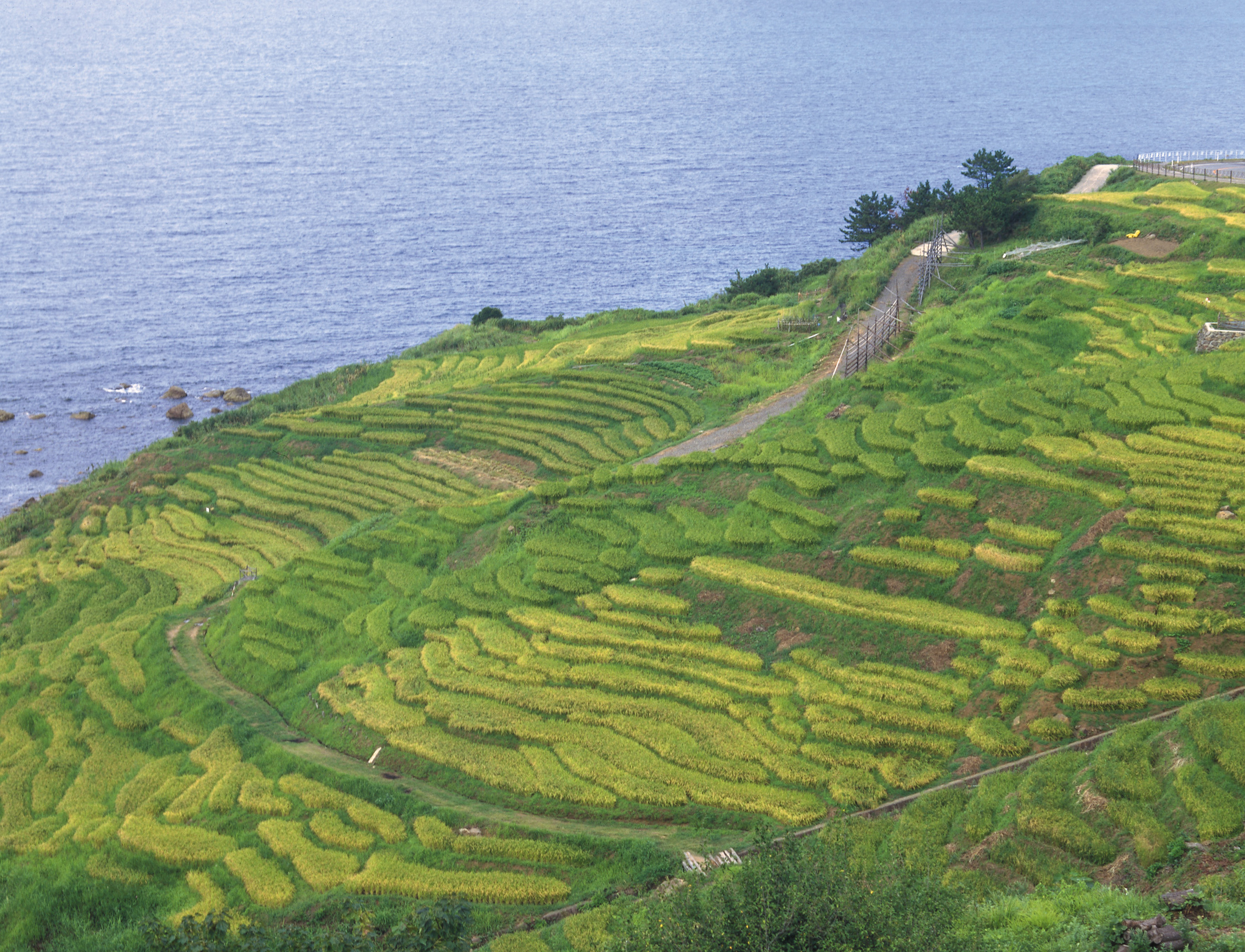‘Living in Harmony with Nature: Satoyama and Satoumi in Japan and World’

* Contents in this page is limited to those who are enrolled in the on-line course.
Length: 1 hour 30 mins per lecture (15 mins per Lesson), 6 hours to complete four lectures
Paper Assignment: You will be given a paper assignment to be submitted by the end of August 2016. The assignment will be on the topics discussed in the four lectures.
(Details of the assignment will available here shortly.)
Lecture 1: Satoyama and Satoumi: definition, present condition and problems
What comes to mind when you hear “Satoyama”? Satoyama is the model of sustainable societies in harmony with nature. Prof. Koji NAKAMURA will talk about the background of the concept.
Lesson 1. Introduction: Satoyama and Satoumi in Japan
Lesson 2. Satoyama and Satoumi – definition and importance
Lesson 3. Historical change, present condition, and problems in Satoyama and Satoumi
Lesson 4. Internationalization of Satoyama and Satoumi: IPSI and GIAHS
Lesson 5. Satoyama crisis — depopulation and abandonment
Lesson 6. Collaboration of GIAHS between Noto, Japan and Ifugao, the Philippines
Lecture 2: Human activities and biodiversity in Satoyama and Satoumi
With careful management of agricultural resources, the value of products can be increased. Prof. NAKAMURA and Dr. Shinsaku KOJI will talk about some case studies.
Lesson 1. Noto’s Satoyama and Satoumi as GIAHS
Lesson 2. Deterioration of Satoyama environments and restoration strategy: cases of the Crested Ibis and the White Stork
Lesson 3. Biodiversity certification — Satoyama restoration programs implemented by farmers
Lesson 4. Satoyama biodiversity and agriculture/forestry
Lesson 5. Utilization of Satoyama Satoumi landscapes for tourism
Lesson 6. Kakuma-no-Sato: a 280-year-old wooden farmhouse in Kakuma campus, Kanazawa University
Lecture 3: Global partnership through Satoyama conservation and advancement
For rice cultivation in particular, there is the issue of a lack of involvement by young people in agriculture in Satoyama. Simultaneously, some young people are willing to preserve and sustain this natural environment. Prof. NAKAMURA will introduce some of these individuals in Noto Peninsula and in Ifugao.
Lesson 1. Kanazawa University’s initiatives for revitalization of local communities in Satoyama
Lesson 2. Capacity building towards Satoyama and Satoumi revitalization: the “Noto Satoyama Satoumi Meister” Training Program
Lesson 3. Voice of trainees in the “Noto Satoyama Satoumi Meister” Training Program
Lesson 4. Collaboration between Noto, Japan and Ifugao, the Philippines through human capacity building
Lesson 5. “Ifugao Satoyama Meister” Training Program: human capacity building in the Philippines
Lesson 6. Activities of “Ifugao Satoyama Meister” Training Program trainees
Lecture 4: Living in harmony with nature in Satoyama and Satoumi
The fourth lecture will focus on people living in Satoyama, who are engaged in the conservation of traditional culture. Prof. NAKAMURA will interview with a couple who established an ecological and cultural grass-roots movement, as well as an American woman, who has explored the possibilities of creating pottery in Noto’s Satoyama.
Lesson 1. “Aenokoto”: an agricultural ritual in Noto and biodiversity
Lesson 2. “Wajima Nuri”: traditional lacquer wares in the Noto Peninsula
Lesson 3. The blessings of Noto’s Satoumi: oyster culture at Anamizu Cove
Lesson 4. Handicrafts and food culture: Suzu-ware and the Old Folk House restaurant
Lesson 5. Dialogue: Satoyama from the viewpoint of environmental literature
Lesson 6. Summary
Special Episode: A New Challenge in Traditional Industries of Satoyama
Making High-Quality Charcoal for Tea Ceremonies. Part 1 & 2
*This Special Episode is for you to enjoy. You do not need to answer any questions for this episode.
Paper Assignment:
This paper assignment contains four different questions to answer, one for each lecture. Please submit the paper assignment by e-mail
(To: meister@adm.kanazawa-u.ac.jp) by the given deadline (end of June if you were registered before 1st June 2018).

